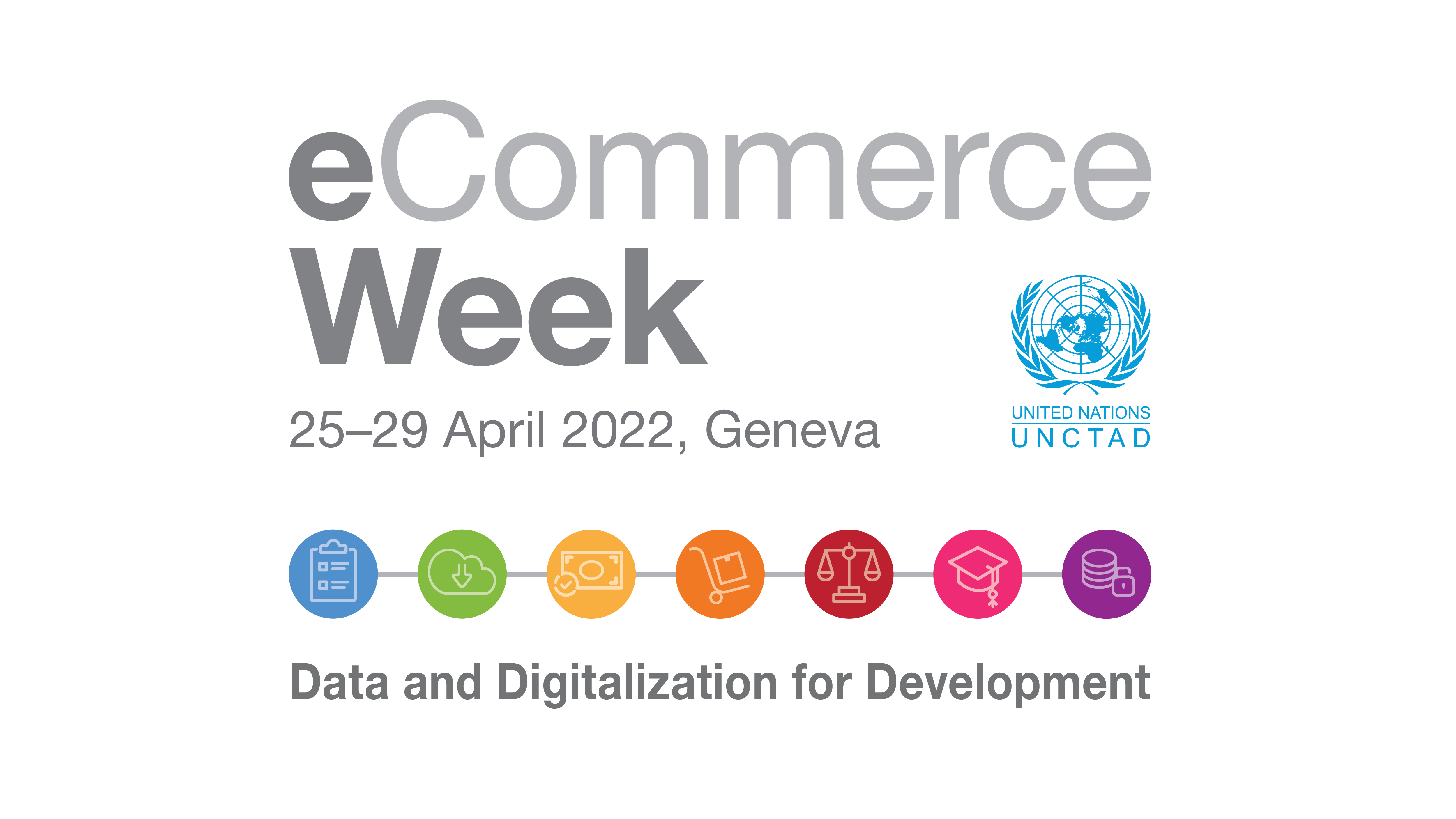Marketplace activity in Africa and South America: what new data shows
28 Apr 2022 14:00h - 15:00h
Event report
The session addressed electronic marketplace activity in Africa and Latin America. Findings from the first Latin-America-wide dataset on e-commerce marketplace activity were presented. Panellists from Latin America and Africa offered insights on the trends and data of e-commerce in their respective economic regions while presenting the obstacles and barriers in the uptake of ecommerce. The ‘Marketplace Explorer’ tool was presented during the session.
Marketplaces are among the most important intermediaries in e-commerce as they have a special role in providing access to e-commerce, Mr James Howe (Senior Adviser, ICT) underscored in his opening remarks. He pointed out that statistics suggest that marketplaces will become more and more dominant. In global terms about 22% of all retail sales are presently made through marketplaces. However, an inclusivity and opportunity gap still exists. Howe mentioned that by 2024, almost 95% of all purchases will be done through marketplaces.
Mr Jesse Weltevreden (Professor, Amsterdam University of Applied Science) shed light on the ‘Marketplace Explorer’ tool, which enables online marketplaces to support local firms in selling goods and services. The tool also provides a better understanding of the number and characteristics of marketplaces in developing countries. It can provide relevant information to entrepreneurs in developing countries and for policymakers who want to know more about marketplace trends in developing countries. He explained how the database of marketplaces has been built and he offered insights on the 2021 update, such as the addition of the full-year for 2020, new metrics, a new dashboard, and more data relevant for regional analyses. Regarding the 2022 extension, he said that the Latin American continent has been added (33 countries and 3700 marketplaces). Weltevreden also presented preliminary results regarding the comparison between Africa and Latin America.
Aggregate trends of e-commerce in Latin America were presented by Dr Nanno Mulder (Chief International Trade Unit, ECLAC). The pandemic has accelerated the growth of e-commerce in Latin America. Currently, Latin American countries are among the fastest-growing markets for B2C e-commerce. Mulder presented retail e-commerce sales growth forecasts for the period 2019-2022, which have shown a significant increase. Among the leading countries, based on retail e-commerce growth in 2022, Brazil, Argentina, and Mexico particularly stand out, while Brazil and Mexico account for almost two-thirds of the regional B2C e-commerce market. However, he noted, MSMEs face difficulties in participating in e-commerce; only 18% use digital sales channels. Mulder also stressed that many internal and external barriers hold back the participation of MSMEs in marketplaces. Referring to external barriers, the problems lie in poor quality and high cost of digital connectivity, logistical inefficiencies, and low adoption and poor performance of electronic payment methods. With reference to internal barriers, he suggested that insufficient capacities to operate e-commerce, or little knowledge of other languages, provide barriers to growth. He mentioned different virtual courses ECLAC is organising in Latin America and the Caribbean to improve the ecosystem for cross-border and domestic e-commerce.
Perspectives and findings from the African continent were presented by Ms Laura Naliaka (Trade Policy Expert, Economic Commission of Africa (ECA)). The Global E-commerce Report, released in 2021, shows that only 31% of African countries were engaged in online shopping in 2020. Nalika said that marketplaces are concentrated in South Africa, Egypt, and Nigeria; these countries also have a role to play in e-commerce activities. Naliaka explained that these countries have certain characteristics in common, such as the size of economies, population, digital infrastructure development, and mobile broadband penetration (one of the main drivers for e-commerce). She referred to the UNCTAD e-commerce readiness index; countries that ranked higher in the e-commerce readiness index are actually those countries where marketplace platforms are concentrated. It shows that e-commerce readiness grows together with the number of marketplaces in a particular country.
Mr Diego Chacon (Region Director, Novica) introduced Novica, a marketplace for handmade goods that works with different regions and countries around the world. Chacon explained that artisans are usually the last to arrive in technological marketplaces; hence, Novica offers them a possible entry into the digital world, providing all the support they need to enter the marketplaces.
By Kristina Hojstricova
Related topics
Related event

